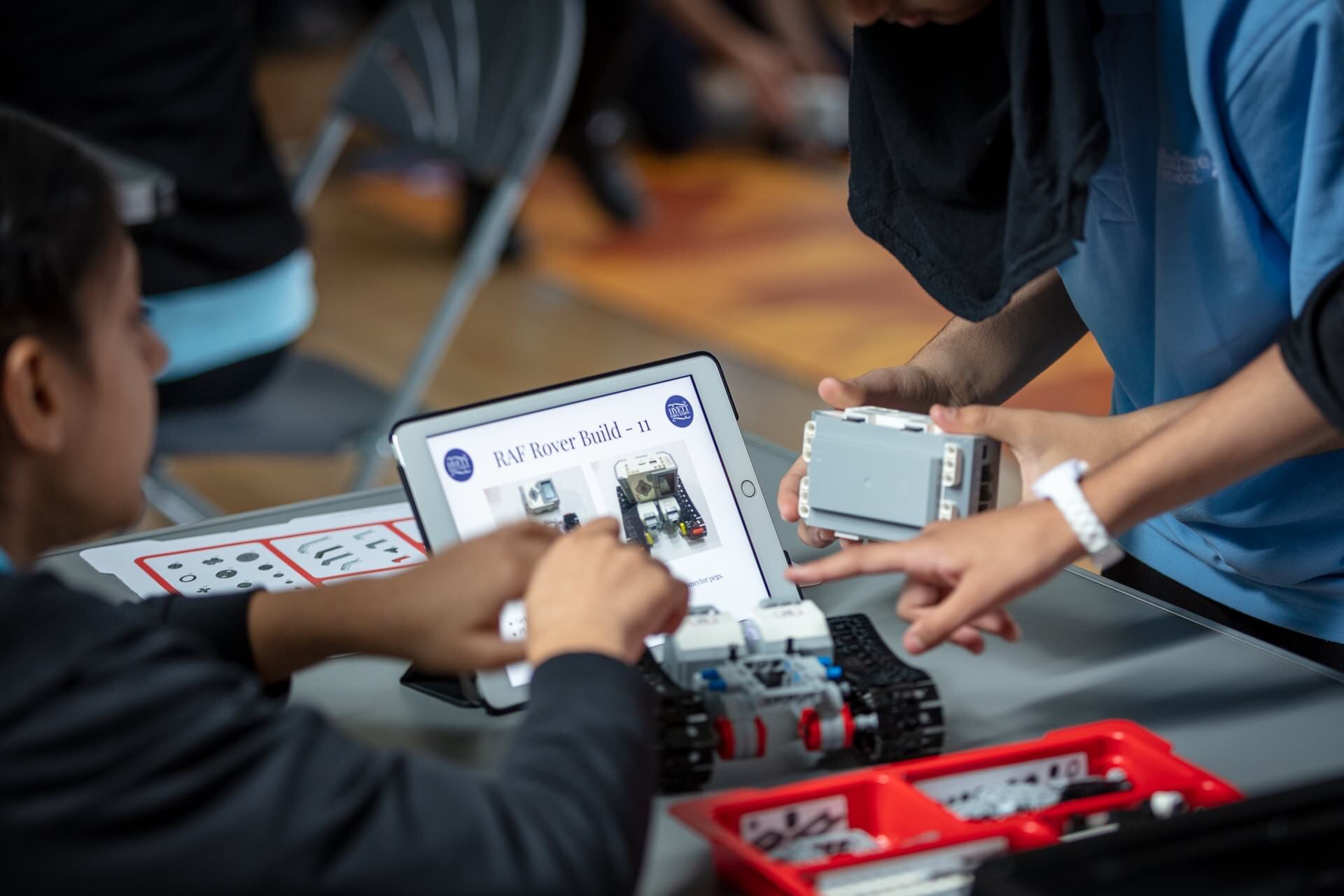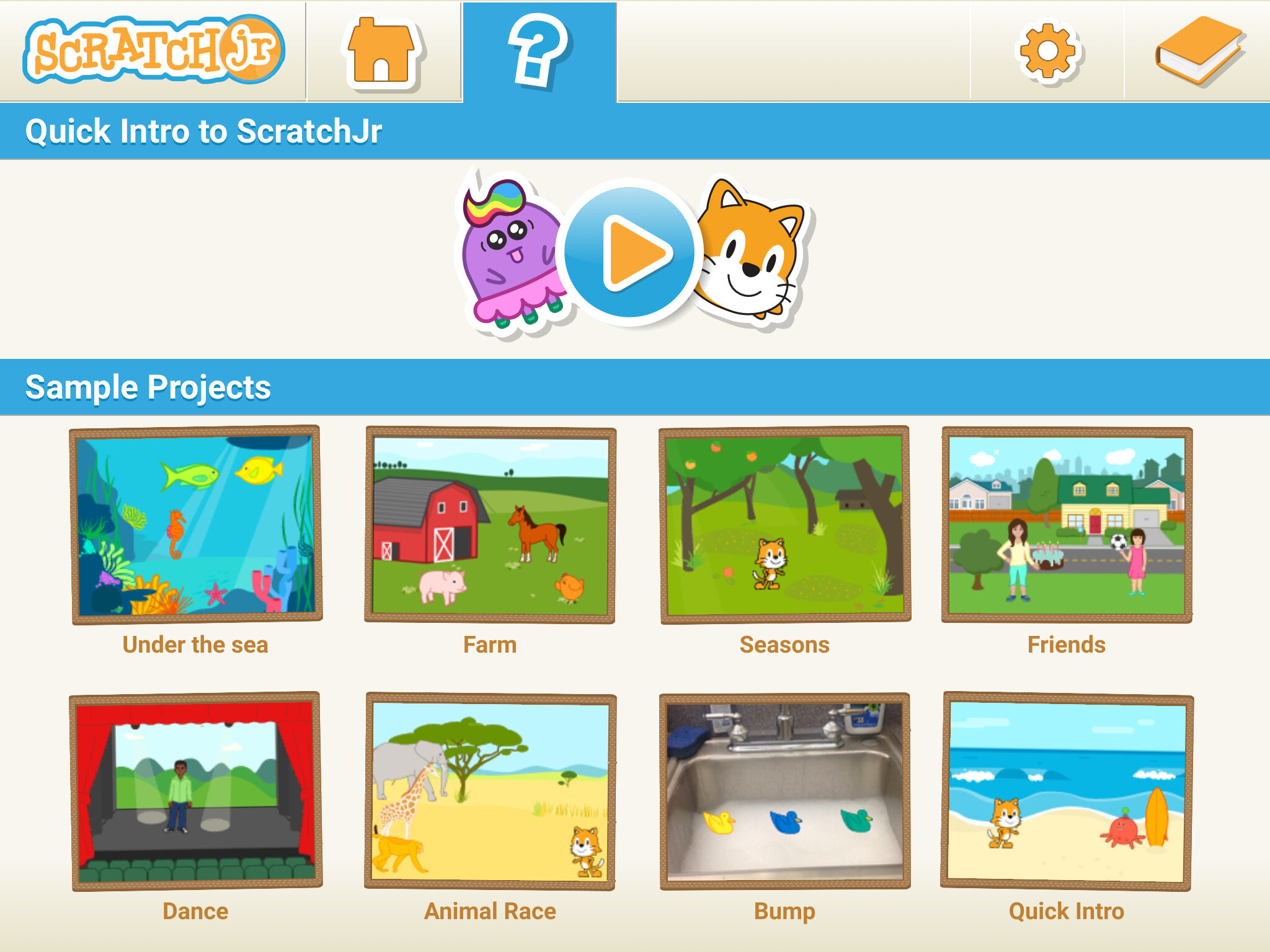
Computing Education Blog


Primary Computing Curriculum: The Importance of Auditing and Benchmarking
***Free Primary Computing Curriculum Audits available for Computing subject leaders***
Computing in primary schools has evolved significantly in recent years and it can be quite daunting taking on the role of Computing Curriculum lead. 'Where do I start with this role?' we hear you ask. The answer is simple - Computing curriculum audits.

What is Kahoot Jumble and how can you use it to support your learners?
Kahoot Jumble looks much like a Kahoot Quiz, with one significant difference; instead of selecting a single correct answer from a range of answers, players must order the answers according to the criteria you set. This adds a layer of complexity to a traditional Kahoot Quiz, requiring children to do more than simply recall facts or rote learnt knowledge - it requires a greater degree of problem solving and reasoning to get the correct answer.